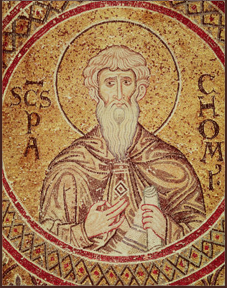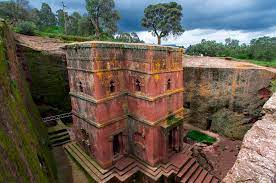His most enduring contribution to scholarship may have been the Muqaddimah, (Arabic "Prologue"). In it we find the first literature on sociology. He introduces the concept of social asabiyyah, (Arabic "tribalism" or "social cohesion" or "nationalism"); asabiyyah is either rising or falling, and societies go through these cycles. He points out that dynasties usually have the seeds of their own downfall, becoming complacent in their power and authority, allowing a peripheral asabiyyah unit to eventually take over. (A good example of this is how the "Mayors of the Palace" grew more powerful than their bosses, the Merovingian kings, and became the Carolingian dynasty.)
He also wrote about the relationship population growth and economic growth:
When civilization [population] increases, the available labor again increases. In turn, luxury again increases in correspondence with the increasing profit, and the customs and needs of luxury increase. Crafts are created to obtain luxury products. The value realized from them increases, and, as a result, profits are again multiplied in the town. Production there is thriving even more than before. And so it goes with the second and third increase. All the additional labor serves luxury and wealth, in contrast to the original labor that served the necessity of life. [source]
He also explained the basis of supply and demand:
The inhabitants of a city have more food than they need. Consequently, the price of food is low, as a rule, except when misfortunes occur due to celestial conditions that may affect [the supply of] food. [source]
Supply-side economics, the idea that lower taxes will lead to economic growth, also shows up in his theories:
It should be known that at the beginning of the dynasty, taxation yields a large revenue from small assessments. At the end of the dynasty, taxation yields a small revenue from large assessments. [Laffer Associates (November 11, 2003)]
This is known in modern times as the Laffer Curve, but even Arthur Laffer gives credit to Ibn Khaldun!
He spent much of his later life teaching. In 1384, the Egyptian sultan named him the Grand qadi (judge of Sharaia law) in Western Africa. Sadly, in that same year his wife and children died when their ship sank off Alexandria. His final years were spent writing his autobiography and teaching in Cairo. He died 17 March 1406.
All this talk of sociology brings up the question: what do sociologists think of the Middle Ages? How do they analyze cultural trends and practices centuries removed from being able to observe medieval society? There are different approaches, which I'll talk about next.











